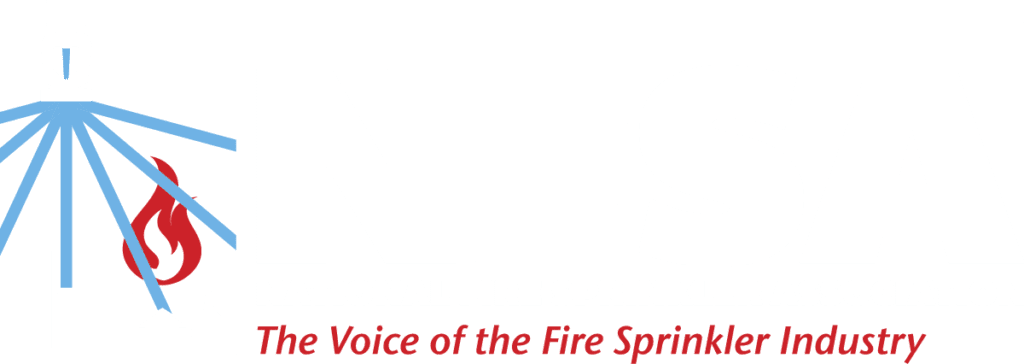
Nobody Likes Change! Addressing High-Piled Storage Changes to NFPA 13
High-piled storage facilities play a vital role in the storage of goods, but also present significant fire hazards if not managed properly. One key aspect of maintaining safety in these facilities is monitoring changes made to commodities and the way they are stored. It’s important for building owners to make proper adjustments not only to the commodities stored but to shelving and fire protection, as changes are made. This practice is essential for reducing fire risks and complying with the regulations of the fire code.
Read More
Did you Know? Clearances – Standpipe Hose Connections
Standpipe hose connections are often hidden in buildings, installed too high/low or behind doors making access in an emergency challenging. While some of the requirements have been in the standard for many years, the 2024 edition of NFPA 14 Standard for the Installation of Standpipes and Hose Systems clarified the need to make these critical connections more visible.
Read More
Current Protection Standards for Lithium-Ion Batteries: NFSA E&S Insights
As lithium-ion (Li-Ion) batteries become ubiquitous in devices ranging from smartphones to electric vehicles (EVs), their high energy density poses new fire safety challenges, including the risk of thermal runaway which can lead to intense fires. To combat these risks, the National Fire Sprinkler Association's (NFSA) Engineering and Standards (E&S) committee has formed a task group.
Read More
